Every week we get Down & Dirty, in which Nozlee Samadzadeh breaks down our favorite seasonal fruits, vegetables, and more by the numbers.
Strawberries are nuts! Actually, they're fruit -- and despite the name, they're not berries. Whether you're eating them plain or with clotted cream, stacking them sky-high with meringues, or using them to top a spinach salad, here's everything you need to know about buying, storing, and eating everyone's favorite all-American fruit (literally -- the Pilgrims had them at the first Thanksgiving)that's versatile, delicious, and as good for snacking as it is for sherbet, ricotta, or roasting.
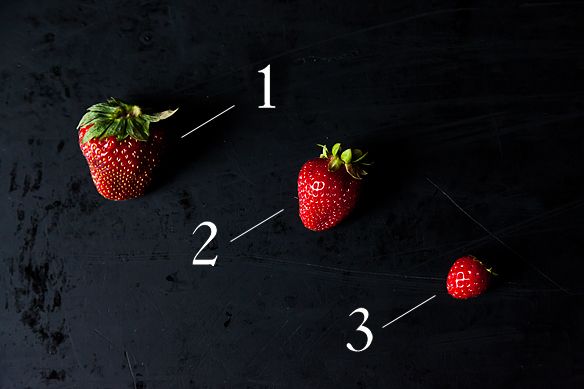
1. Seedy business: Let's get technical: the reason that a strawberry is not, in fact, a berry is because true berries have their seeds on the inside. According to the California Strawberry Commission, there are on average 200 seeds on every strawberry! Depending on the variety, they can appear as either raised or sunken yellow dots on the surface. They're perfectly edible, and birds like them too -- this farmer describes having birds swoop in to eat the seeds off of his strawberries without even breaking the fruit's skin!
2. Color Theory: As America's Test Kitchen tells us, the strawberries that you see at the store may be red -- they continue to ripen in color after being picked -- but it doesn't mean that they're sweet. The USDA found that strawberries picked early and ripened off the plant were only 72% as good in flavor as those harvested from the plant! Strawberries come in all shades, from orange-red to much darker, all depending on the variety, the weather, and the soil.
3. Size Doesn't Matter: Next time you're at the market, try buying the tiniest strawberries you can and compare them with the larger ones. Often, tinier ripe berries have a more concentrated flavor.
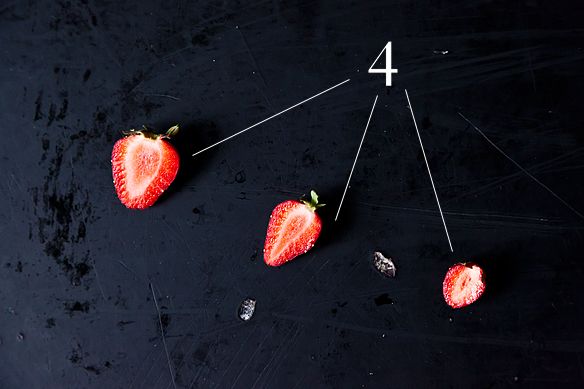
4. Vivid Vivisection: When you bite into a strawberry, you should see uniform red on the inside. Strawberries that are white inside -- or worse, hollow -- don't last as long because of the air space of oxygen inside the fruit that speeds decay. According to the USDA, berries with "less air space and less oxygen inside...keep their color and flavor better than most varieties."
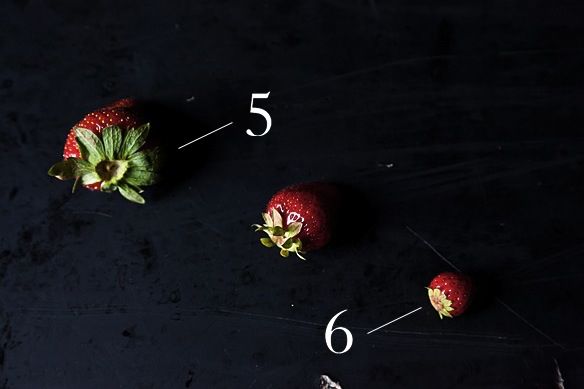
5. Leaf Cap: The leaves on a strawberry are edible, but you probably don't want them in your pie or ice cream. Use a spoon to easily scoop away, or "hull," the top of the plant.
6. See Spot Run: Strawberries are often sold in tiny baskets called "punnets." (Cool name, huh?)If you see red splotches on the punnets of strawberries you're buying at market, it's a good sign that some of the fruit may be too ripe and has been crushed under its own weight. Unless you'll be cooking with them that day, look for a clean one.
Looking for new ways to showcase the versatility of strawberries? Here are three totally different -- and equally delicious -- recipes:
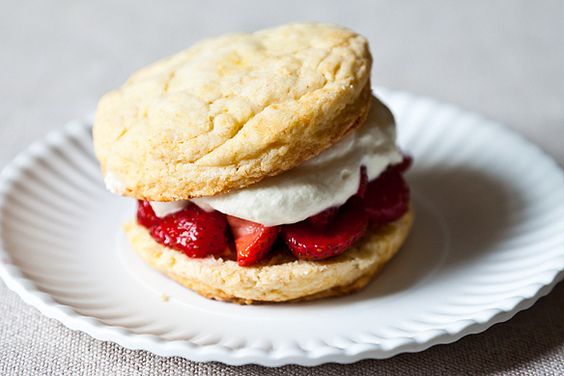
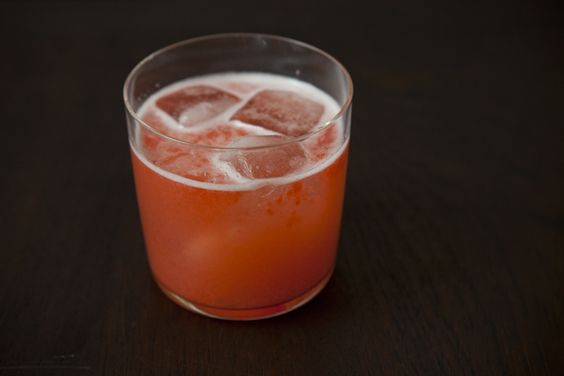
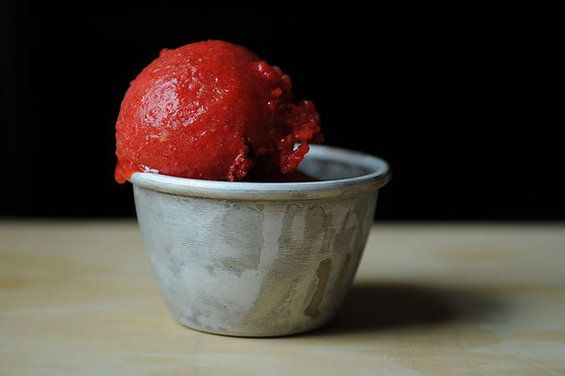
I'm Nozlee Samadzadeh, a writer, editor, farmer, developer, and passionate home cook. Growing up Iranian in Oklahoma, working on a small-scale organic farm, and cooking on a budget all influence the way I cook -- herbed rice dishes, chicken fried steak, heirloom tomato salad, and simple poached eggs all make appearances on my bright blue kitchen table. I love to eat kimchi (homemade!) straight from the jar and I eat cake for breakfast.







See what other Food52 readers are saying.